Another thing I’m missing is pandora!

Another thing I’m missing is pandora!


Ah, Firenze! I miss you so!
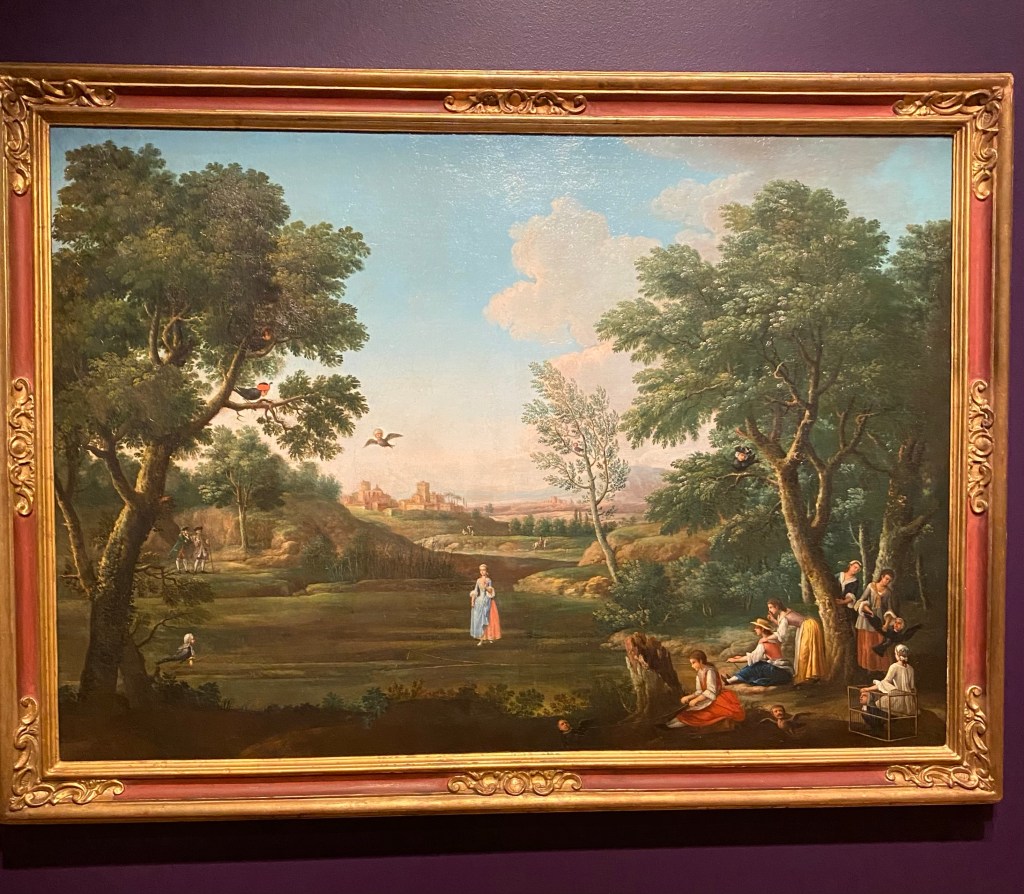



The painting is one of a pair illustrating an allegory of male naiveté and the slyness of women. “Civetta” is the Italian word for “screech-owl” but is also used informally to describe a flirtatious woman, or coquette. In the painting male birds are caught in traps set by women using an attractive woman as bait.







Personally I know from my years of living in Florence that a coquettish woman is colloquially called a Civetta in Italy. Perhaps this began as referring to flirtation with large eyes? Whatever it was, that’s the slang.
I’ve never seen a depiction of a game in which owls had men’s heads, but I remembered this 2 part sculptural group in Florence called Il Gioco della Civetta. It still doesn’t seem to be the same game being played in the painting, but until I can get back to Italy, it will remain a mystery to me.

The sculptural group of the The Owl Game (Gioco della Civetta) is located in the Boboli Gardens and consists of two white marble statues depicting two young men while playing. The aim of this game was to take the hat off to the other player who, in order to try to escape, had to bend over continuously (in Italian ‘fare civetta’). Therefore, one character is outstretched to grab the hat, while the other is attempting to deftly dodge the opponent’s move. The jacket of one of the two players is unbuttoned, precisely because of the abrupt movement that he makes by throwing himself backwards, and both figures are supported by tree stumps.
The Owl Game was originally commissioned to a sculptor known as ‘Matteo scultore’ in 1618 and its execution, which lasted for several years, was completed by different artists. The modelling was probably done by Orazio Mochi, who took inspiration from Giambologna’s Uccellatori. The statues were then sculpted by Romolo Ferrucci del Tadda, who left the group unfinished at his death, missing one figure. After various assignments, the work was finally completed by Bartolomeo Rossi in 1622. Unfortunately, The Owl Game in stone deteriorated quickly and got destroyed.
In 1775, Grand Duke Peter Leopold entrusted sculptor Giovanni Battista Capezzuoli with the task of remaking the work and the artist decided to sculpt it out of white marble instead of bigia stone. From the panel of the Giuochi rusticali (Rustic games) made by Vascellini in 1788, the group appeared to be consisting of three figures, while only two figures have survived to present days. When looking at the 18th-century replica, it is no longer possible to distinguish the hands of the various sculptors who worked on the original group in stone: Pizzorusso (1989) attributes the original of the figure on the left to Bartolomeo Rossi and the one on the right to Romolo Ferrucci del Tadda. The realisation in marble of the original group diluted the stylistic features of previous artists. The copyist was inspired by 16th-century representations of ‘peasants’, relying on the narrative and playful style that was typical of 17th-century genre painting.
At any rate, the painting is strange!

Thanks to Facebook for reminding me!
These memories are one of the 1,000,000 things I am grateful for this year! Happy Thanksgiving!














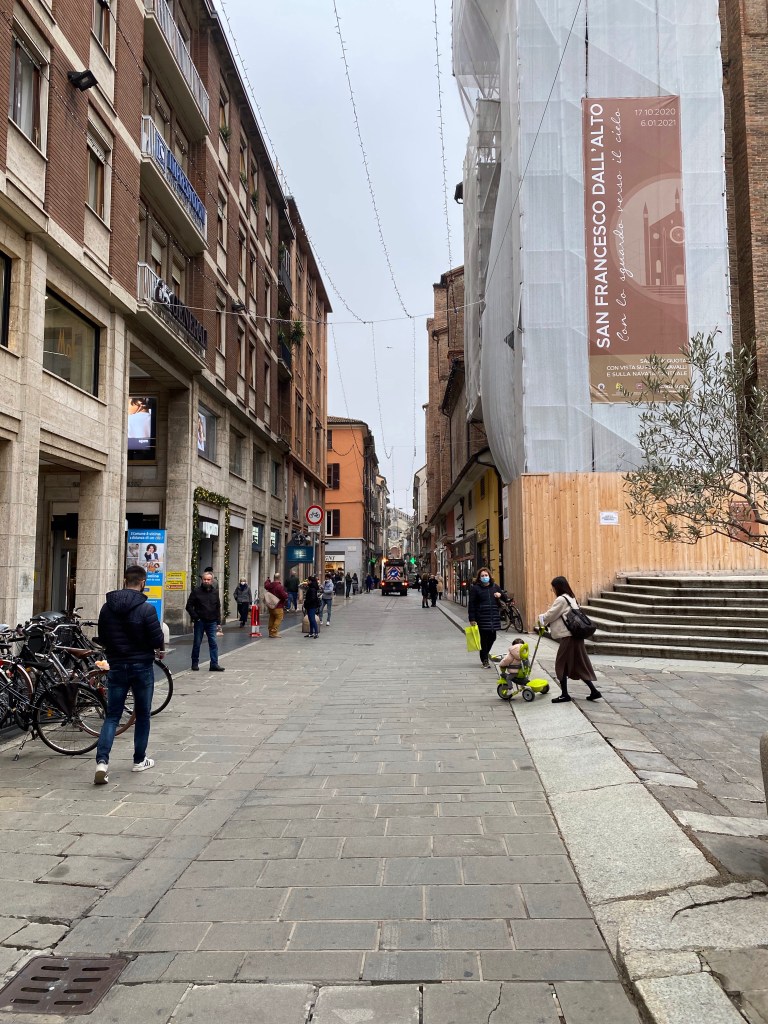


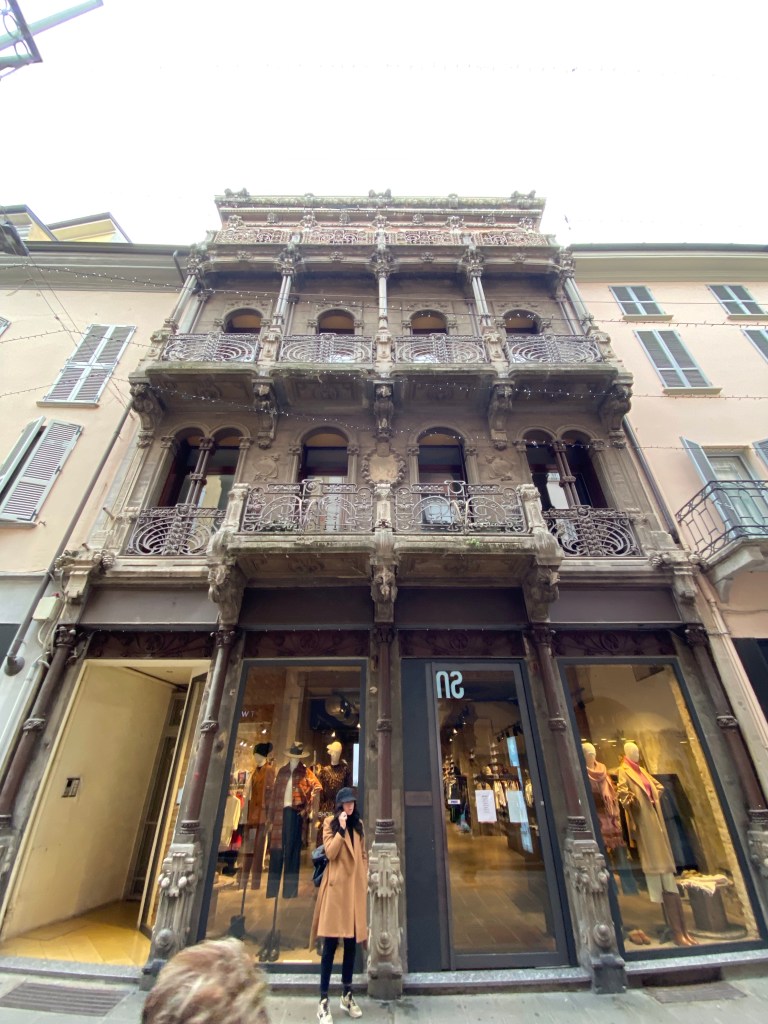







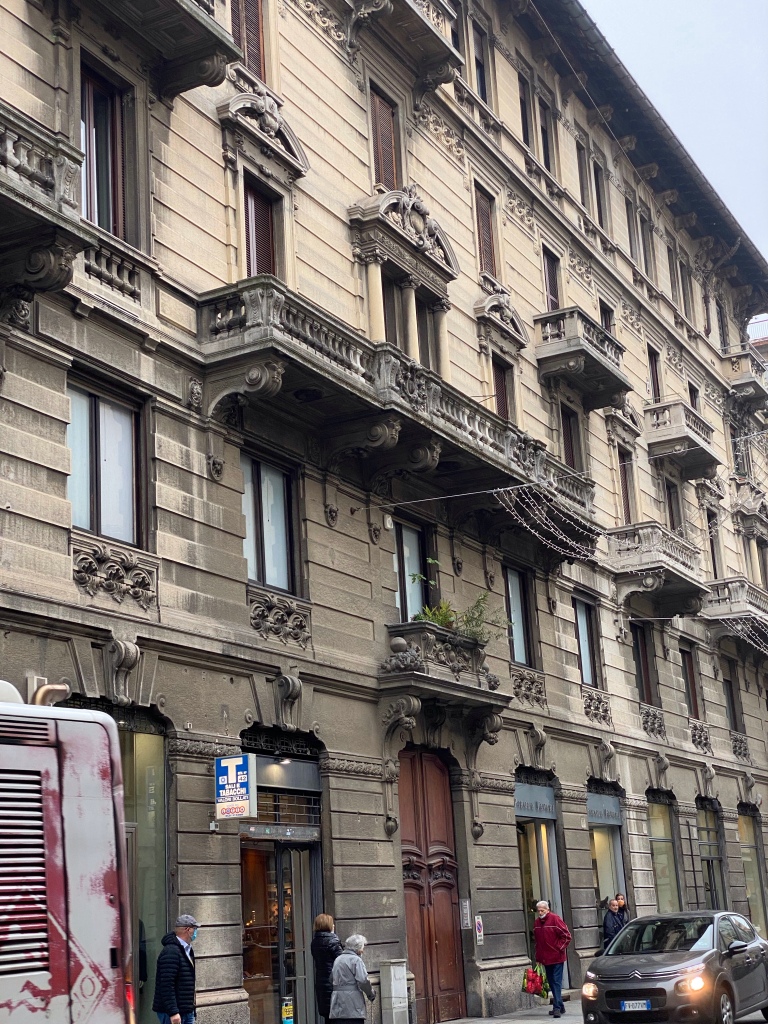
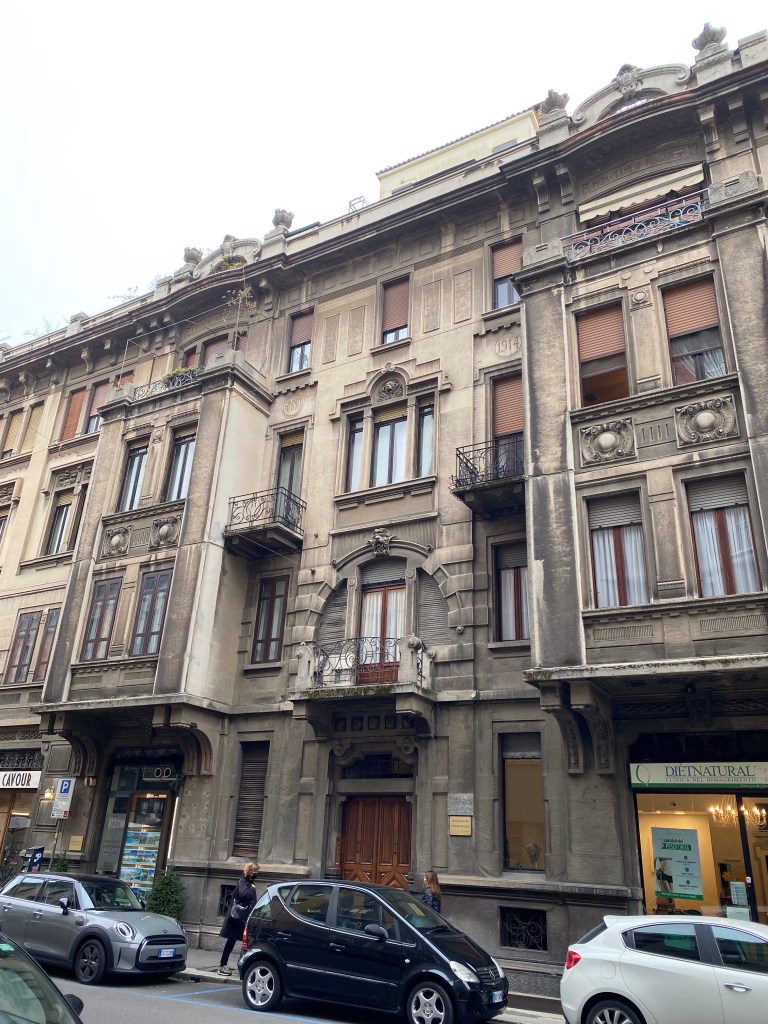




Originally, the magnificent Palazzo Corsini began as a casino (a small house surrounded by a large garden) that extended to the banks of the Arno River where Lungarno Corsini is located. The casino belonged to the Ardinghelli family, then to the Medici, and finally to the Corsini: in 1649 the wife of the Marchese Filippo Corsini, Maria Maddalena Macchiavelli, purchased the palace from the Grand Duke Ferdinando II de’ Medici. Today it is in the hands of the Corsini descendants: Miari Fulcis and Sanminiatelli.
The Palazzo today appears as a late Baroque building; one sees Baroque details throughout, from the roofs decorated with statues and terracotta vases – a novelty for Renaissance Florence – and the main, U-shaped courtyard that opens towards the riverbank. The two men responsible for the way the Palazzo Corsini looks today were Bartolomeo Corsini (1622-1685), the son of Filippo Corsini and Maria Maddalena Macchiavelli and, Filippo son of Bartolomeo’s son (1647-1705) who expanded the portion of the Palazzo that extends towards Ponte S. Trinita.

The construction continued non-stop for 50 years. The magnificent interior decorations, which were completed between 1692 and 1700, belong to one of the finest and most intense moments in Florentine painting.
The family commissioned several artists to decorate the noble apartment on the first floor, that includes Galleria Aurora, the Salone, the ballroom and other important rooms; the outstanding painters include Anton Domenico Gabbiani, Alessandro Gherardini and Pier Dandini.
Let’s start at the GROUND FLOOR: consisting of the Summer Apartments and Halls of the Nymph. The decorative scheme here reveals the most romantic and decadent side of the Palazzo with the impressive frescoes and of the evocative grotto built by architect Antonio Ferri.


One level up, the main floor: from the lower floor one reaches the “noble” floor through the imposing grand staircase. From the hallway open the doors to rooms and rooms filled with beautiful frescoes and stuccoes, perfectly preserved. The coup de gras is the majestic Throne Room (320 square meters) where you can feel the ambience of noble antiquity.


Una cornice sfarzosa che si affaccia direttamente sul Lungarni e una vista intrigante. A magnificent setting overlooking the Lungarni and an intriguing sight.






Few among the private palaces of Florence are as gorgeous as the splendid Palazzo Corsini, also called “al Parione” and belonged to the famous Corsini family, in the 17th century the richest and most important of all Florence after the Medici. An ascent that culminated in 1740 with the election of Lorenzo Corsini to the papal throne with the name of Clemente XII.

With such prerequisites, it is not surprising that the building with its grandiose façade overlooking the Arno is an architectural masterpiece rich in precious jewels and a collection of paintings, the Galleria Corsini, which can be considered the most important private art collection in Florence. His style (the villla was built at the turn of two centuries, between 1656 and 1737, with at least fifty years of uninterrupted work) is that of a flourishing and decided baroque: each element is stunning scenery and decoration, with a grand façade to the front, from the terrace to the attics with balustrades, until reaching the perfect expression of the “marvelous” in the large helical staircase attributed to Gherardo Silvani.

The building is divided into three main bodies that surround a large courtyard, and among the first things that jump to the eyes there is the obvious asymmetry between the two side parts; according to the original project, in fact, the left wing had to be as big as the right one (ie about twice the current size). Also worthy of note is the crowning of the roof, with the terracotta crater vases and the balustrade decorated with stone statues, following suggestions similar to those that animated the classic “Italian gardens” destined to be famous throughout Europe.


The interiors of Palazzo Corsini at the Parione show once again the best and most fascinating insights of the baroque period, with a great work of stuccos and decorations; Particularly striking is the artificial grotto on the ground floor, designed by Antonio Maria Ferri, an artist who was also the architect in charge of permanently closing the villa’s works; to him the merit for today’s appearance of Palazzo Corsini. In addition to the Silvani helical staircase there is also a monumental staircase made by Ferri that culminates in the staircase of Pope Clement XII.

The rooms of the building are full of original decorations, with frescoes, stuccoes and decorations: especially the Salone del Trono and the Ballroom stand out, truly immense rooms (the Salone del Trono measures about 320 square meters) with rich frescoes on the ceilings, columns , eighteenth-century busts.


On the first floor, Galleria Corsini is a precious casket that holds masterpieces of timeless artists, especially relating to the seventeenth and eighteenth centuries Italian but not disdaining the Renaissance, with a prevalence of Roman, Neapolitan and Bolognese schools: among the exhibited painters, Rubens, Beato Angelico, Caravaggio, Van Dyck, Murillo, Filippo Lippi, Luca Signorelli, the Pontormo, Salvator Rosa, Luca Giordano, Gentileschi, and Giovanni Bellini. The Corsini Gallery also hosts bronzes and furniture from the eighteenth century.
Below is a history of the Palazzo Corsini from the 1905 book “Florentine Palaces, And Their Stories” by Janet Ross – some of the scholarship from that day may have changed since!

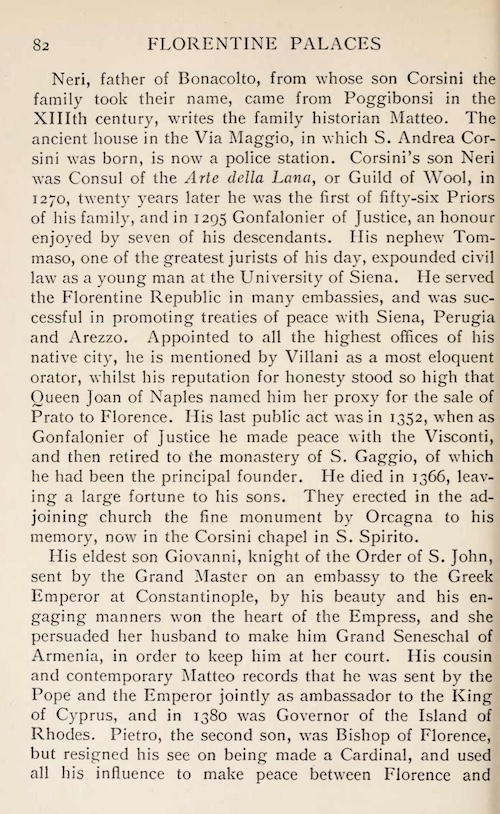




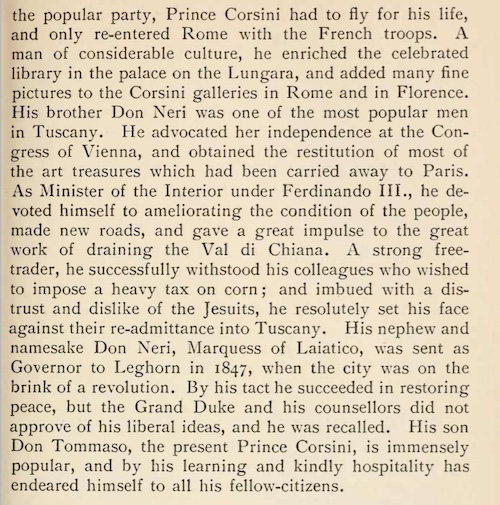
PALAZZO CORSINI: MONUMENTAL STAIRCASES AND PRIVATE COLLECTIONS
The Corsini become a wealthy Florentine family in 1500: Palazzo Corsini, also known as the Parione, located on Lungarno Corsini, is still a family home. The building is the result of the acquisition and merger of many historic houses built by different architects: Alfonso Parigi the Younger, Ferdinando Tacca, Pierfrancesco Silvani – author of the beautiful spiral staircase, and Antonio Maria Ferri – who finished the project by drawing the current frame. In addition to the spiral staircase made by Silvani and the monumental one by Ferri, the interior of several rooms of Palazzo Corsini and its halls are filled with frescoes, decorations and period furnishings. The Corsini Gallery, inside the building, is the most important private art collection of Florence, with works dating back to the 1600s and1700s, both by Italian and European Renaissance artists.
Another street, another artist/artisan. Always hard at work.










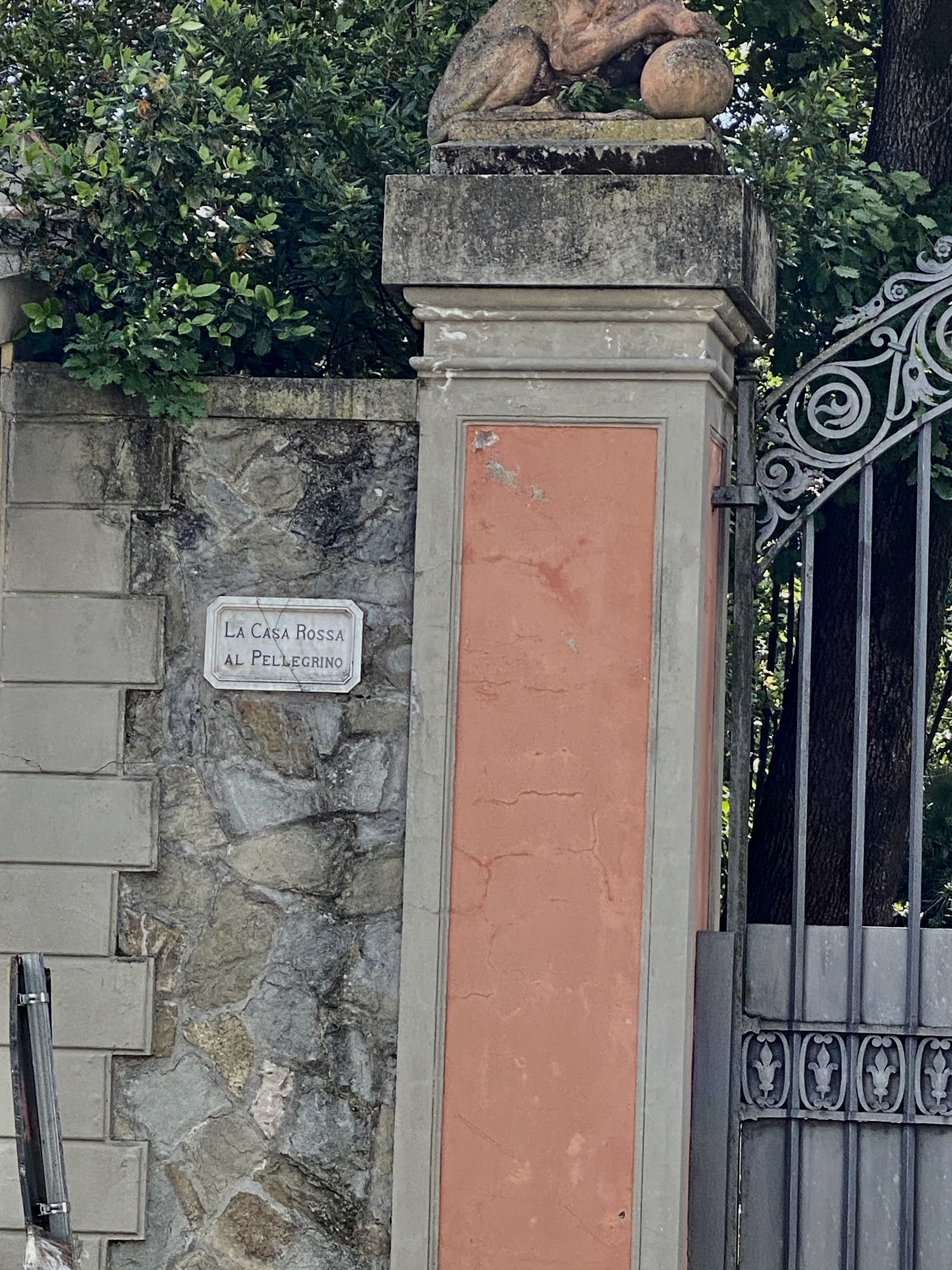


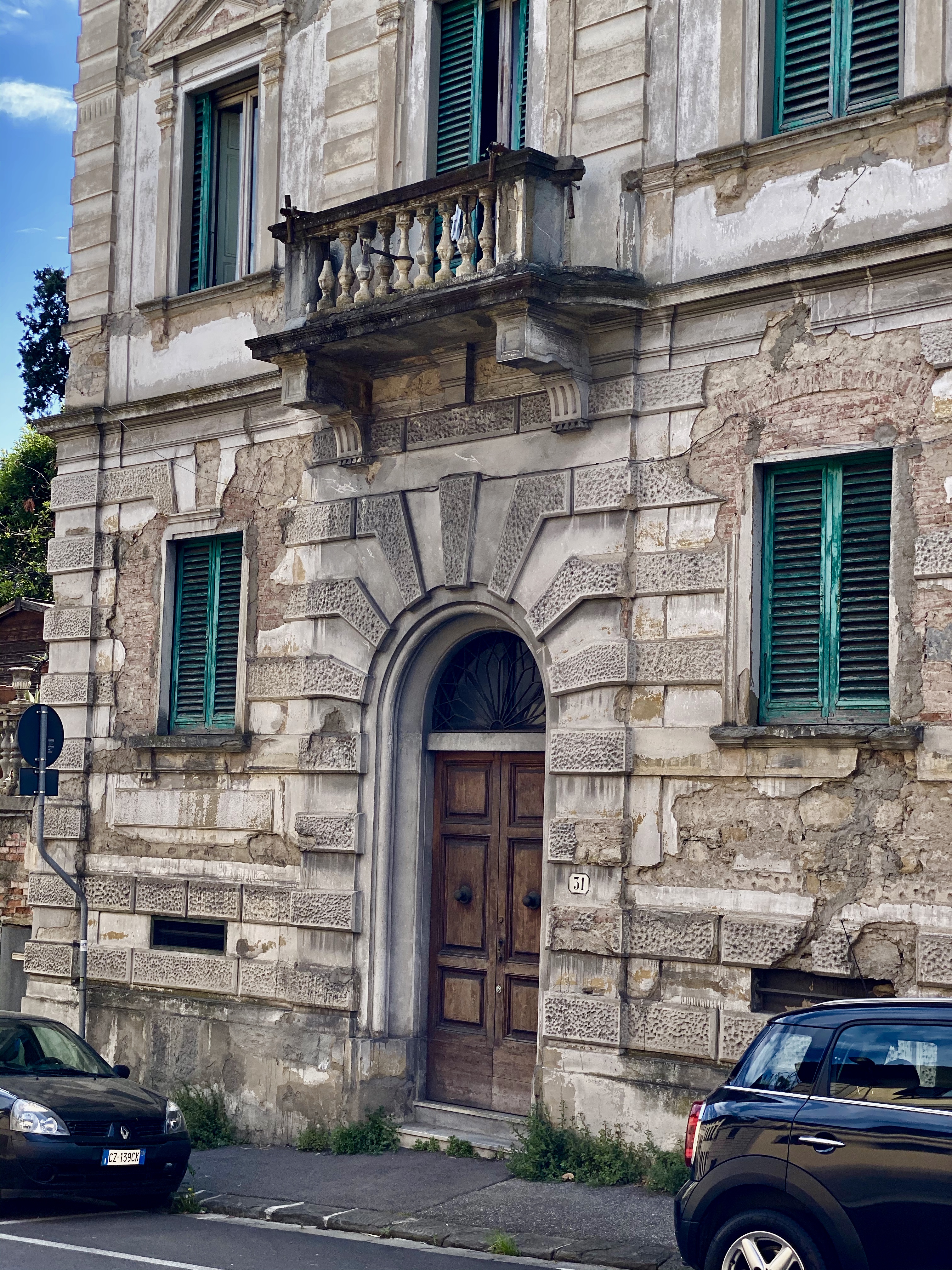
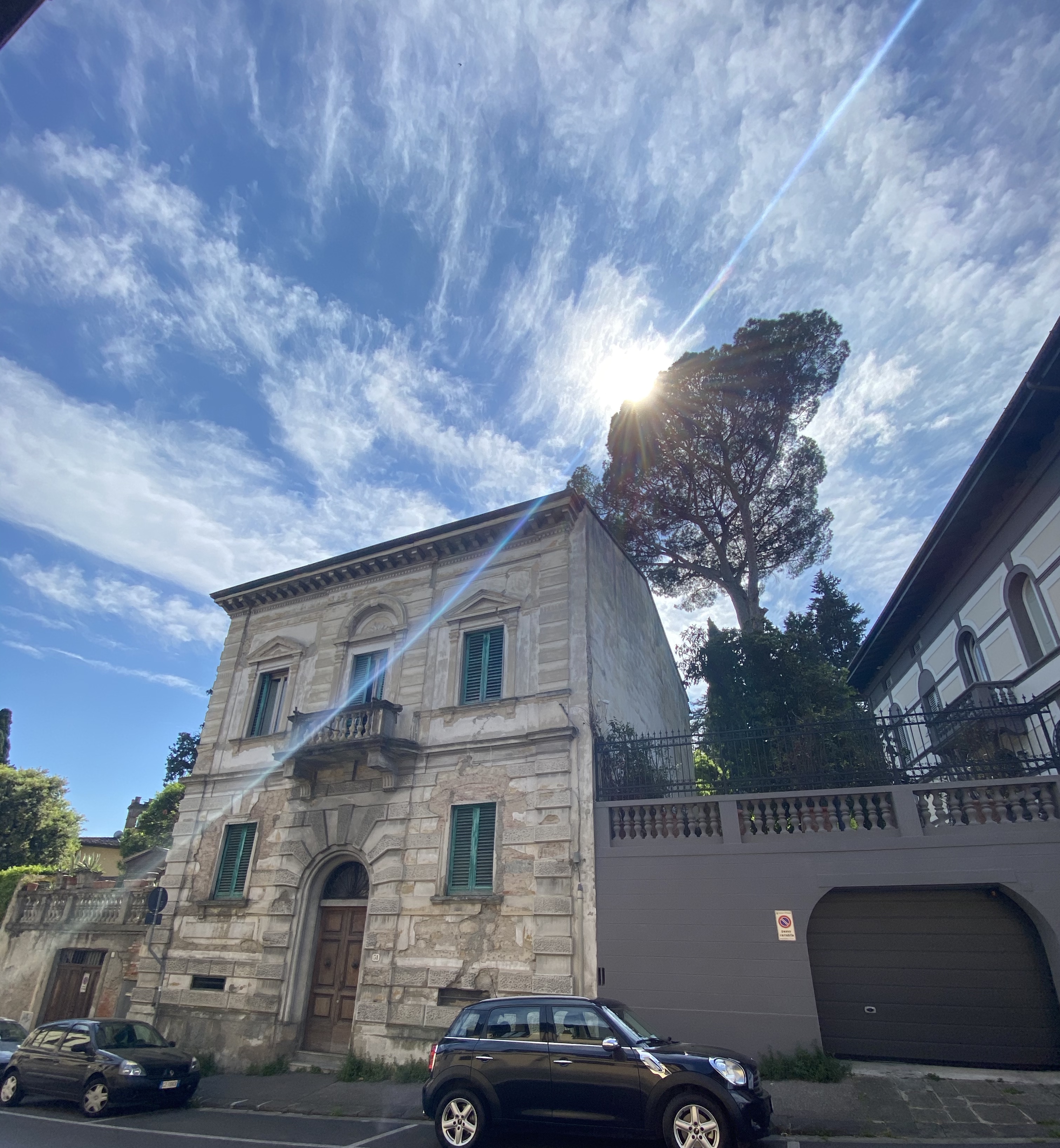

Oh, how I have missed you! Your hidden secrets and outward beauties!
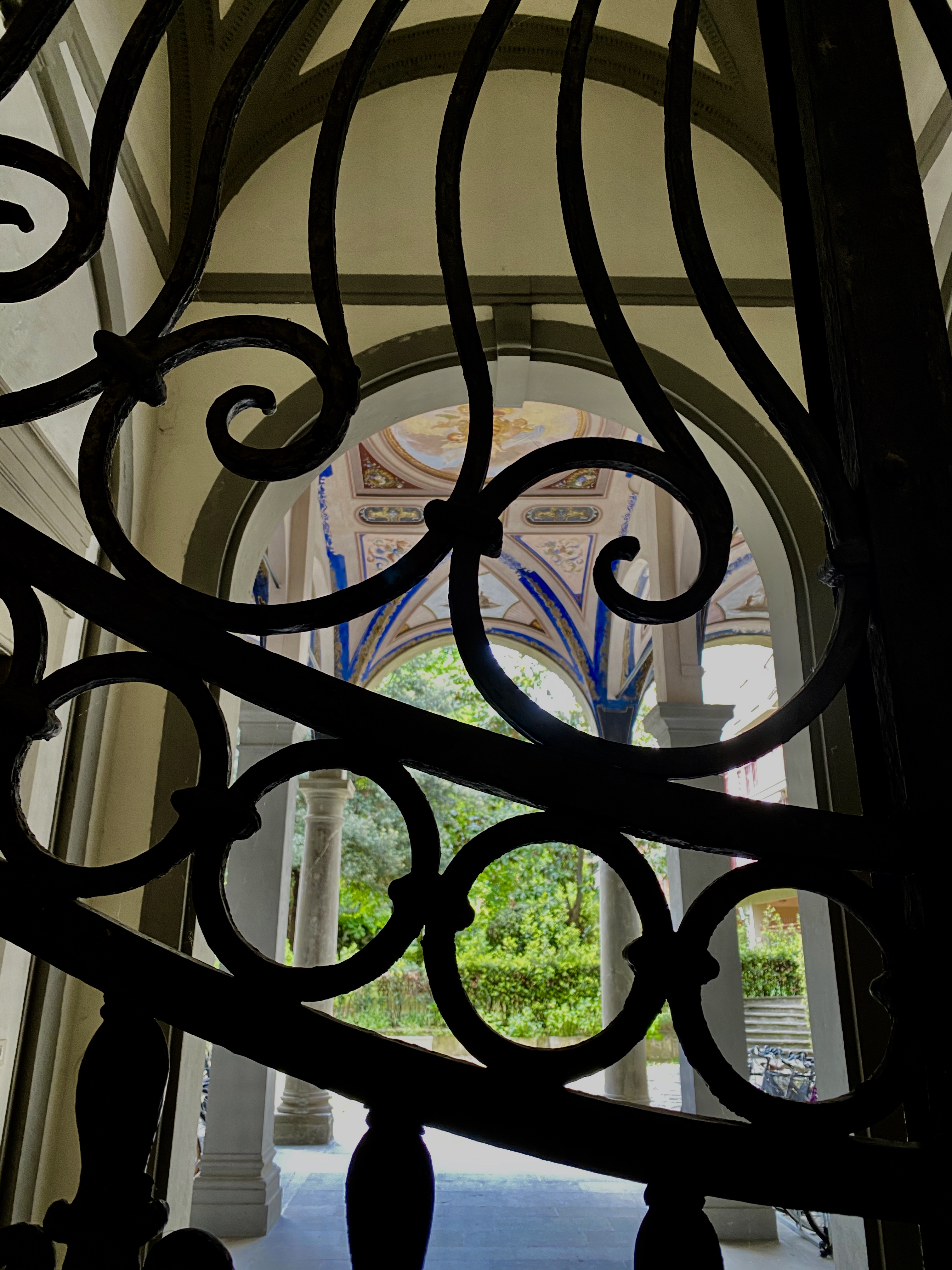


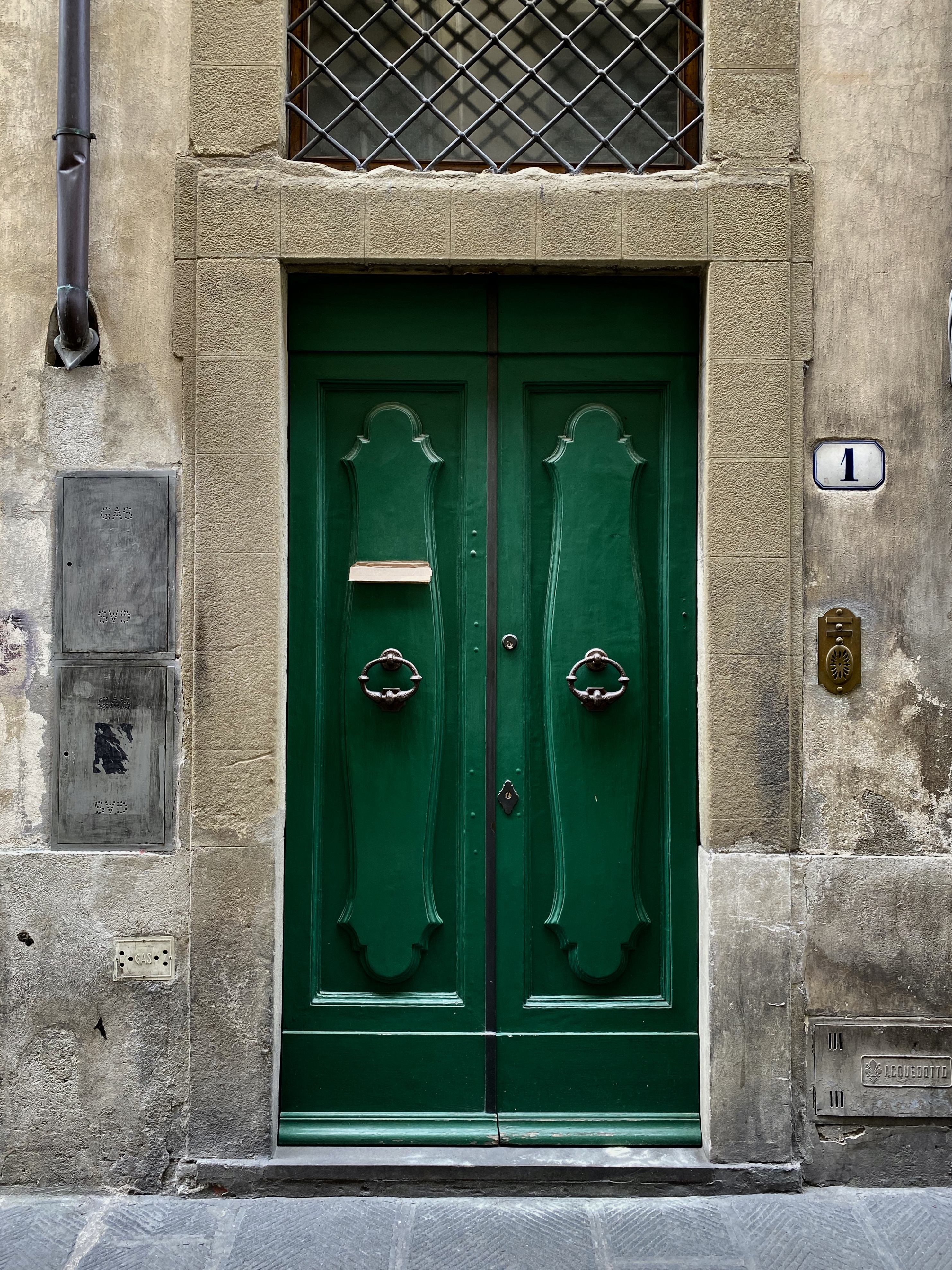


The Albizi family headquarters; they were the mortal enemies of the Medici family:




















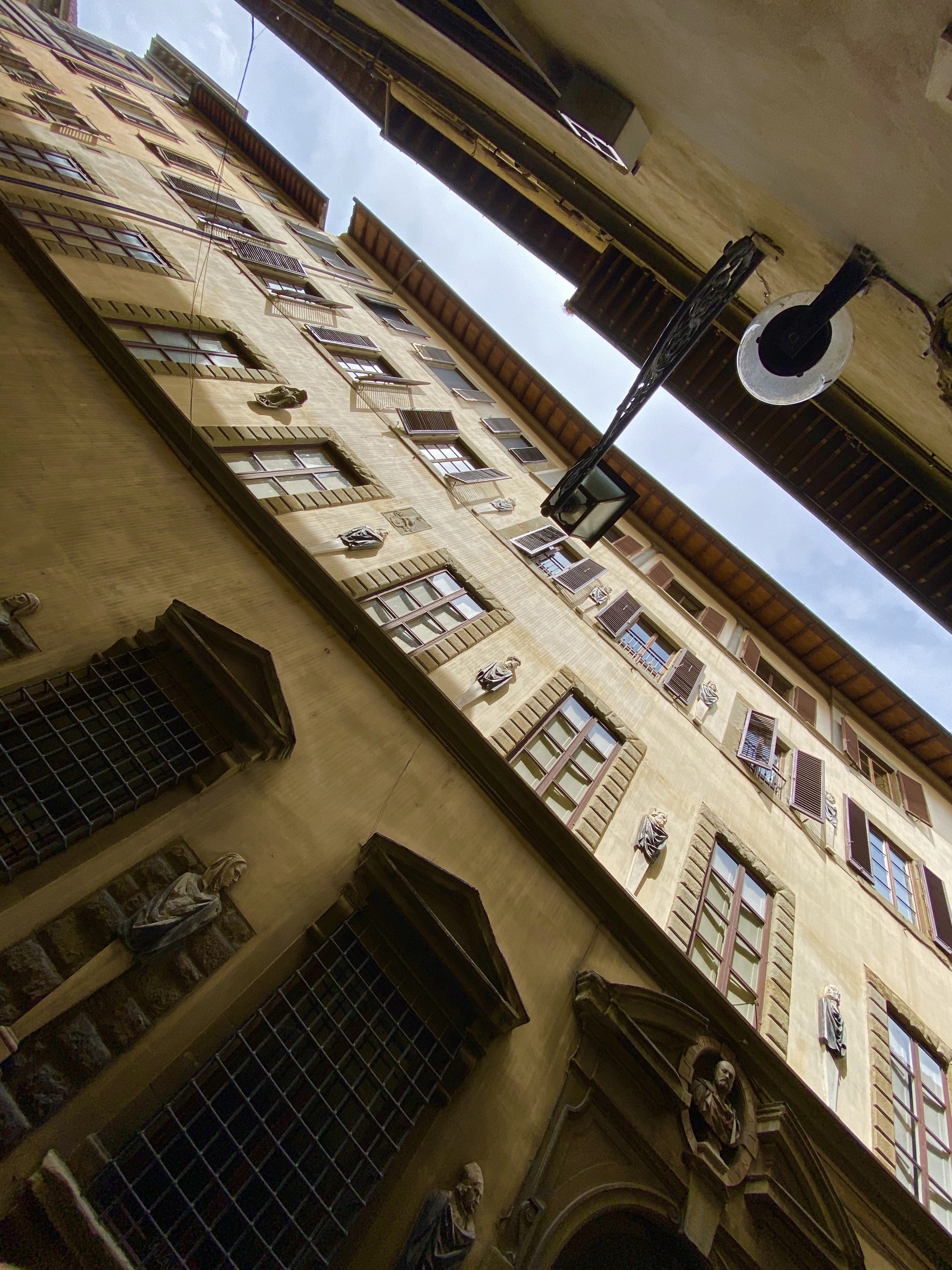

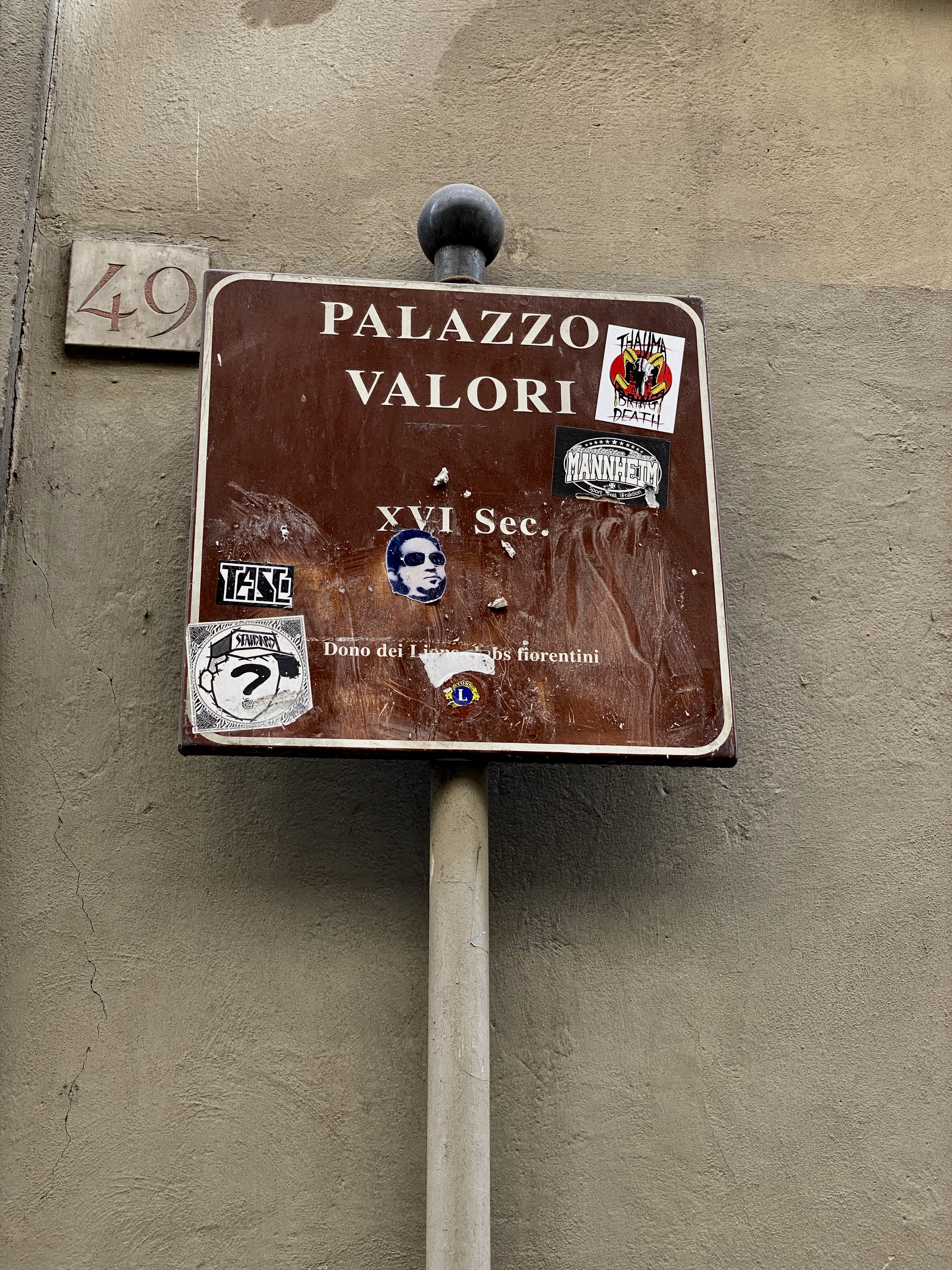
The Valori Altoviti Palace was built in the 15th century by the Albizzi family. The palazzo was taken away from the family after the exile of Rinaldo Albizzi, who had opposed Cosimo il Vecchio in a frantic struggle for power.
The palazzo was purchased by the Valori, and the humanist Baccio Valori had a new palace constructed at the end of the 16th century, bringing together this palace, a Strozzi palace, and another residence.
On the new façade, Baccio Valori had the stelae painted by Giovan Battista Caccini with the busts of 15 illustrious men, but little known by the people, who called it the Palazzo Visacci (nasty faces). The palazzo was restored in the 18th century, and later became the property of the Altoviti family.


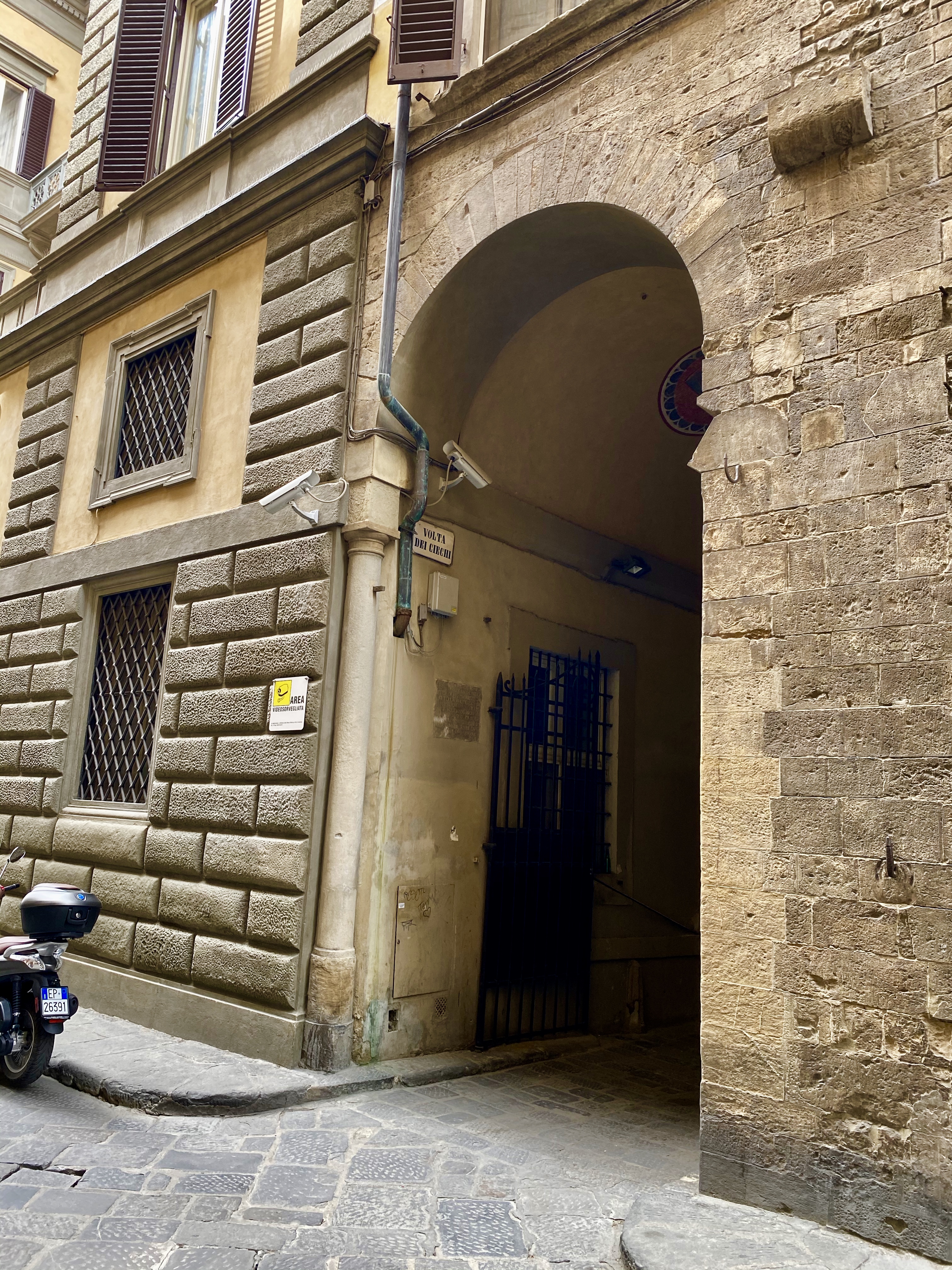

Vault of the blind.
You must be logged in to post a comment.